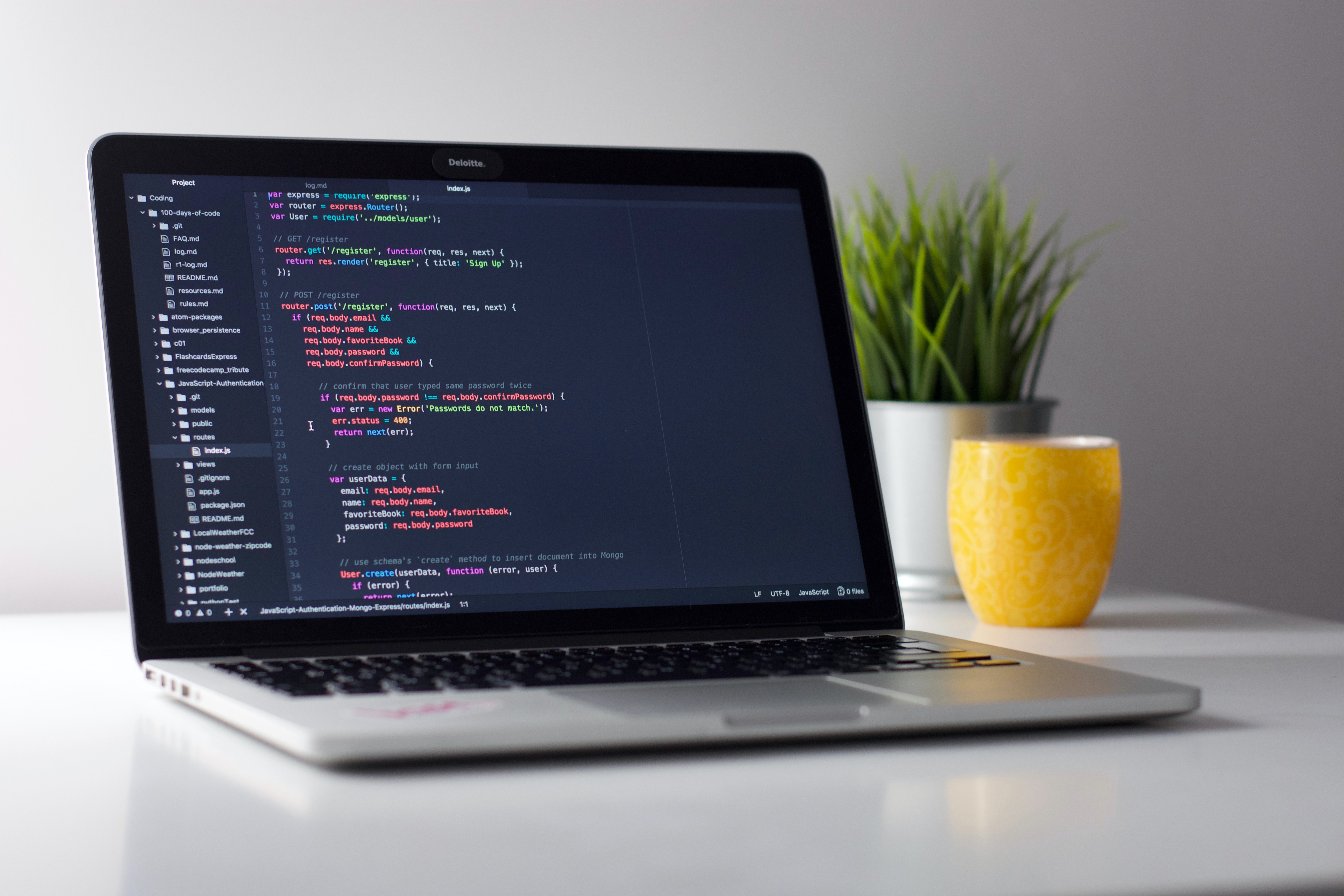How Can I Get a 5 in AP Computer Science A?
4 min read•july 11, 2024
Tejas Bhartiya
AP Computer Science A 💻
130 resourcesSee Units

Image credit of Unsplash.
Overview 💻
AP Computer Science A is very different from the other AP Classes, it's a class where some topics will be easy to understand, and others will be difficult and each person's experience is unique. To get a 5 in AP Computer Science A, you need to know how to spend your time in order to maximize your practice. While the test is difficult, however, if you know the content and do enough practice, you'll set yourself up for a 5. Here are some tips and tricks to make sure you do your best on test day 🎉
1. Know the test 📚
Knowing how you'll be tested and what you'll be tested over is key to getting a 5. First, let's look at the format of the exam.
The multiple-choice section makes up 50% of your score, and you have an hour and 30 minutes to answer 40 questions.
The free-response section makes up the other 50% of your score, and you have an hour and 30 minutes to answer 4 questions.
- All free-response questions require you to write code, with the following questions:
- Question 1: Methods and Control Structures—Students will be asked to write program code to create objects of a class and call methods, and satisfy method specifications using expressions, conditional statements, and iterative statements.
- Question 2: Classes—Students will be asked to write program code to define a new type by creating a class and satisfy method specifications using expressions, conditional statements, and iterative statements.
- Question 3: Array/ArrayList - Students will be asked to write program code to satisfy method specifications using expressions, conditional statements, and iterative statements and create, traverse, and manipulate elements in 1D array or ArrayList objects.
- Question 4: 2D Array—Students will be asked to write program code to satisfy method specifications using expressions, conditional statements, and iterative statements and create, traverse, and manipulate elements in 2D array objects.
Now, let's look at the content of the tests:
Exam Weighting
| Unit | Exam Weighting |
| Unit 1: Primitive Types | 2.5-5% |
| Unit 2: Using Objects | 5-7.5% |
| Unit 3: Boolean Expressions and if Statements | 15-17.5% |
| Unit 4: Iteration | 17.5-22.5% |
| Unit 5: Writing Classes | 5-7.5% |
| Unit 6: Array | 10-15% |
| Unit 7: ArrayList | 2.5-7.5% |
| Unit 8: 2D Array | 7.5-10% |
| Unit 9: Inheritance | 5-10% |
| Unit 10: Recursion | 5-7.5% |
You can use this information to guide your studying. For example, since unit 4 makes up a large portion of the test, you might want to focus on that.
2. Be able to read code
One of the most important things is for you to be able to read code. But what does that even mean? In the multiple-choice section, time is a huge factor, and many of the questions have large chunks of code relating to it.
A super important skill that you need is to be able to have for APCSA is, while you are reading, you should be able to figure out:
- what the code is doing
- notice any errors
- conditions that will cause the code to error out
- anticipate the question, only from reading the code
These tips will help you spend less time on each question.
3. Write Comments
In the Free-response section, you will write some code that will do whatever question wants you to do. Like free-response questions in other AP exams, graders will spend very little time going over your question, so writing comments (if you have time) is a good call, as it will make it easier for your grader.
4. Practice, practice, practice!
Don't forget to practice! Practicing makes you get to know the kinds of questions you will be asked and can help you answer questions quicker. As you practice, take note of what you get wrong and review the concepts you struggled with.
5. Make sure to know the difference between Arrays and ArrayLists.
3 of the units are on different types of arrays so those will definitely come up on the exam. Arrays and ArrayLists may sound the same and can do similar things, but they are very different. Here are some of the main differences.
Arrays vs ArrayLists
Closing statement
All in all, practice makes perfect. As I said before, this class is very different than the other AP's with how each person will have different difficult topics and easy topics. You know how you are, meaning you know what you need to work on the most. This class can be difficult, but as long as you keep working at it, you'll be on your way to a 5
Browse Study Guides By Unit
➕Unit 1 – Primitive Types
📱Unit 2 – Using Objects
🖥Unit 3 – Boolean Expressions & if Statements
🕹Unit 4 – Iteration
⚙️Unit 5 – Writing Classes
⌚️Unit 6 – Array
💾Unit 7 – ArrayList
💻Unit 8 – 2D Array
🖲Unit 9 – Inheritance
🖱Unit 10 – Recursion
🧐Exam Skills

Fiveable
Resources
© 2025 Fiveable Inc. All rights reserved.